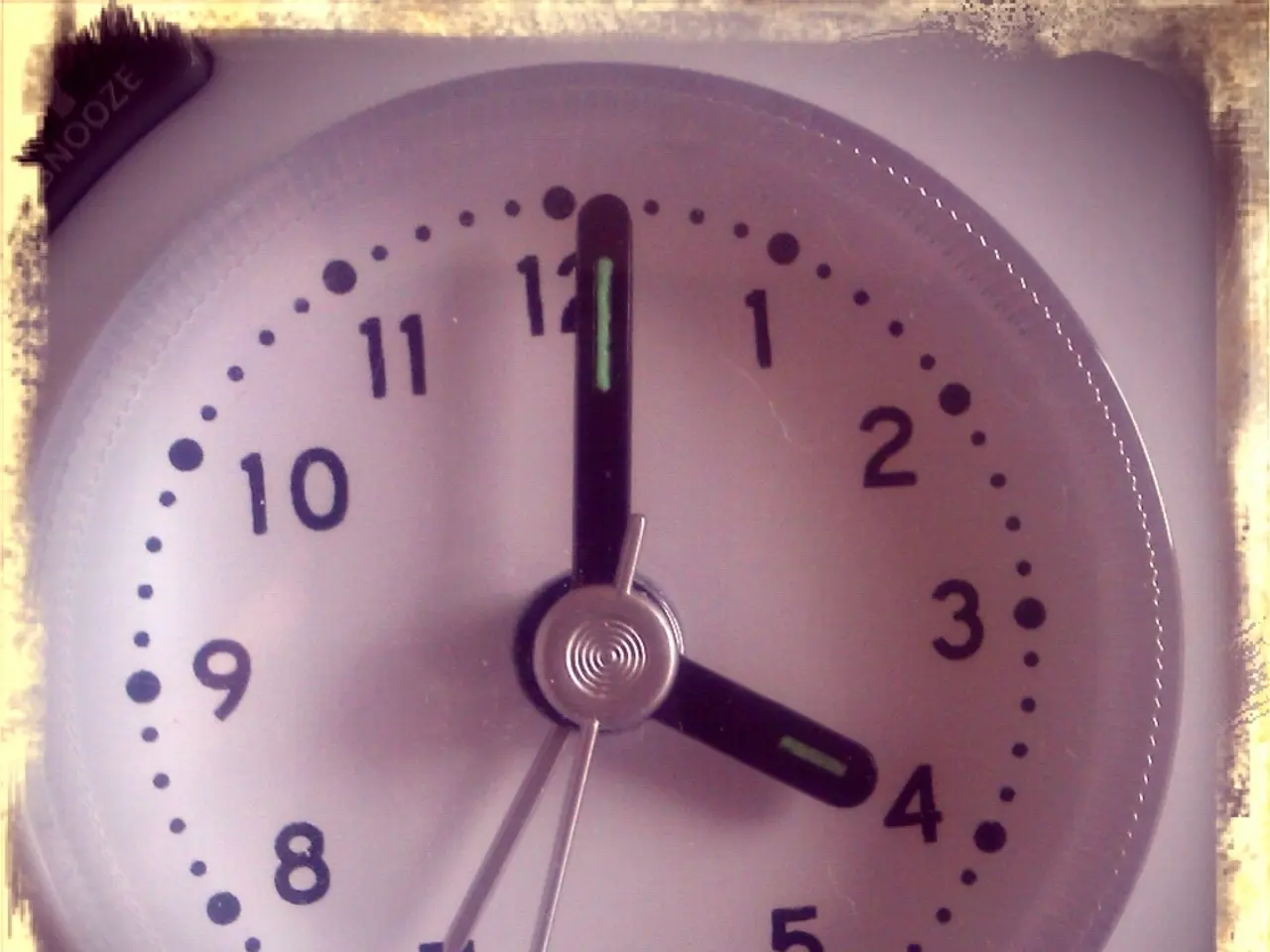Vienna's Regulator Clocks Don't Fit the Standard Definition of a Regulator Clock
The Vienna Regulator, a distinctive and finely crafted clock, is often associated with the term "regulator" in the world of clock collecting and repair. Despite not strictly falling within the definition of a true regulator clock, it meets both the technical and historical criteria that classify it as a true regulator.
Originating from Germania or the Austrian empire, the Vienna Regulator is characterised by its finely crafted cases and accurate movements. This style of clock was purpose-built with the regulator’s mechanical principles - weight-driven movement, pendulum regulation, and fine craftsmanship - to minimise timekeeping error.
Historically, these clocks were valued for their precision timekeeping, often serving as reference clocks in workshops and observatories during the 1800s through the early 1900s. The Vienna Regulator fits this context perfectly, embodying the principles of precision, pendulum, and weight-driven movement that define true regulator clocks.
Technically, a Vienna Regulator is a weight-driven pendulum clock with an eight-day movement, a heavy pendulum, temperature control compensation, a seconds dial, 60 beats per minute, one gear train, a deadbeat or pinwheel escapement, and is engineered to keep accurate time.
However, it's important to note that not every Vienna Regulator adheres to the strictest definition of a precision regulator. For instance, the addition of a strike train can take a clock out of the regulator category, as it may affect the clock's accuracy. Similarly, miniature one-weight Vienna Regulators, made in the early 1870s, lack a seconds dial and were not specifically designed as precision clocks.
While the term "regulator" is loosely defined, according to a specific definition, it is a master clock used as a time standard against which other clocks are checked. In this sense, the Vienna Regulator, with its reputation for precision and accuracy, can be considered a true regulator.
In summary, while not every clock with the word "regulator" on it is necessarily a regulator, the Vienna Regulator is a unique and distinctive style of clock that meets the technical definition and historical usage that classify it as a true regulator clock. Its finely crafted cases, accurate movements, and precision timekeeping make it a valuable addition to any clock collection.
Read also:
- Next-generation TV rollout details: Where and when can we expect ATSC 3.0 transmissions? (Updated: January 23, 2025)
- Fully Closed Competition: Secure Your Hands on a reMarkable 2 Tablet Valued Above £800!
- Quick! Grab the Samsung Galaxy Watch 7 at its lowest price ever on Amazon!
- Exploring the Virtual Frontier: Defining the Metaverse, Predicting Its Appearance, and Anticipating Its Evolution








